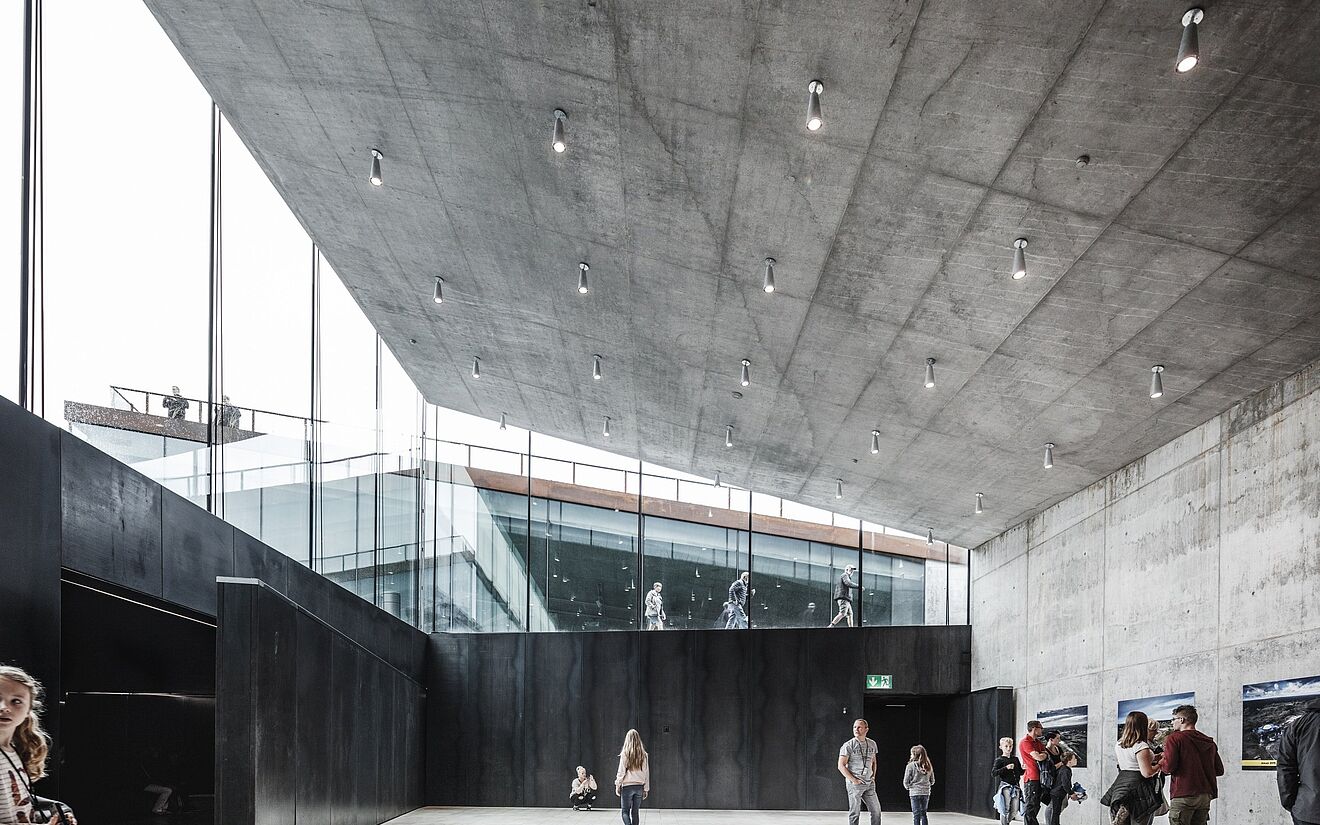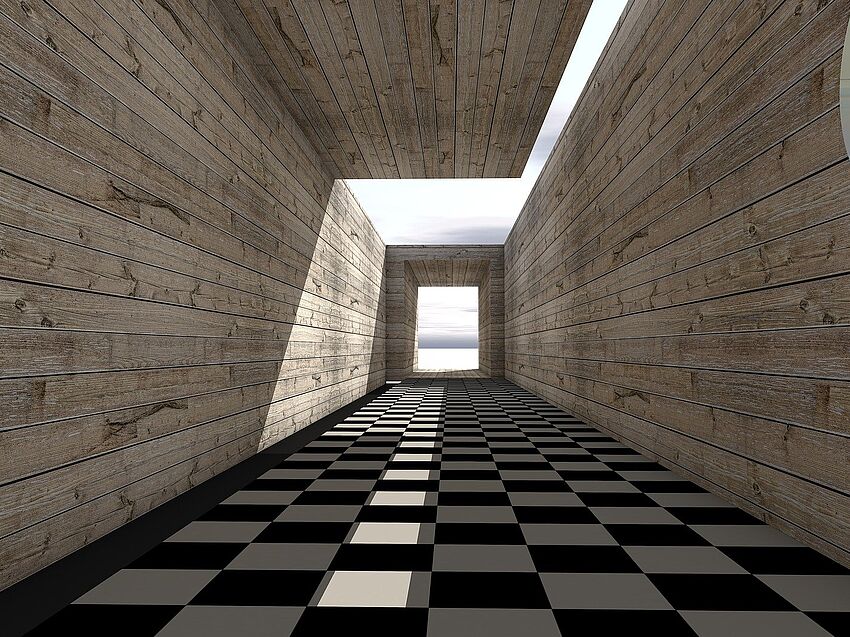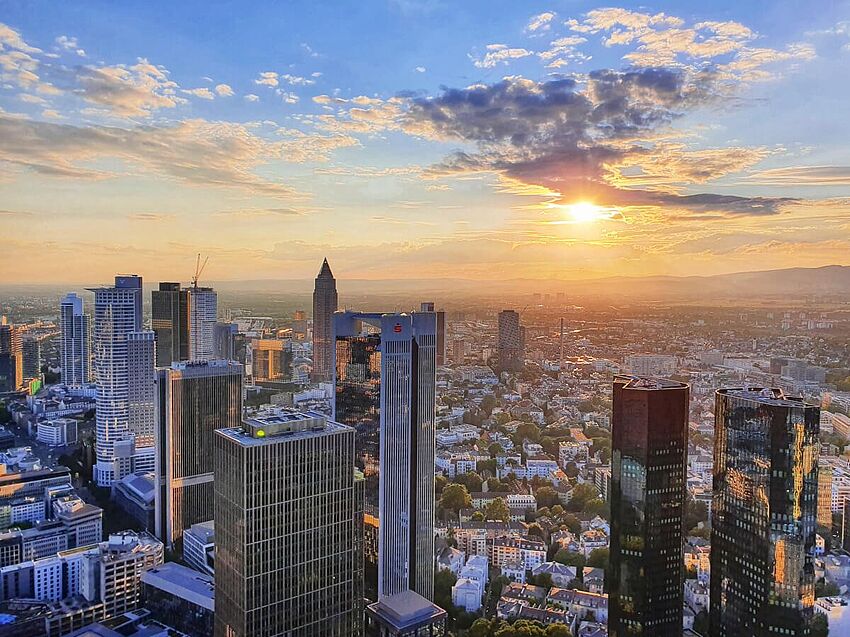The 20 most expensive buildings in the world: from super mosques to luxury casinos
Similar to the exhibits themselves in historic museums, museum buildings look back on a long history. Fundamental changes have taken place, for example, from the former cabinets of curiosities and art chambers of nobility and the church during the Renaissance to today's museums. This is true both of museum operation and the form of exhibitions as well as of the museum architecture. Frequently exposed to chronic budget constraints, modern museums are often reliant on skillful self-promotion to meet their duty of preservation, research and education. Exciting architecture can do a lot of good here. Especially when it comes from a prominent source.
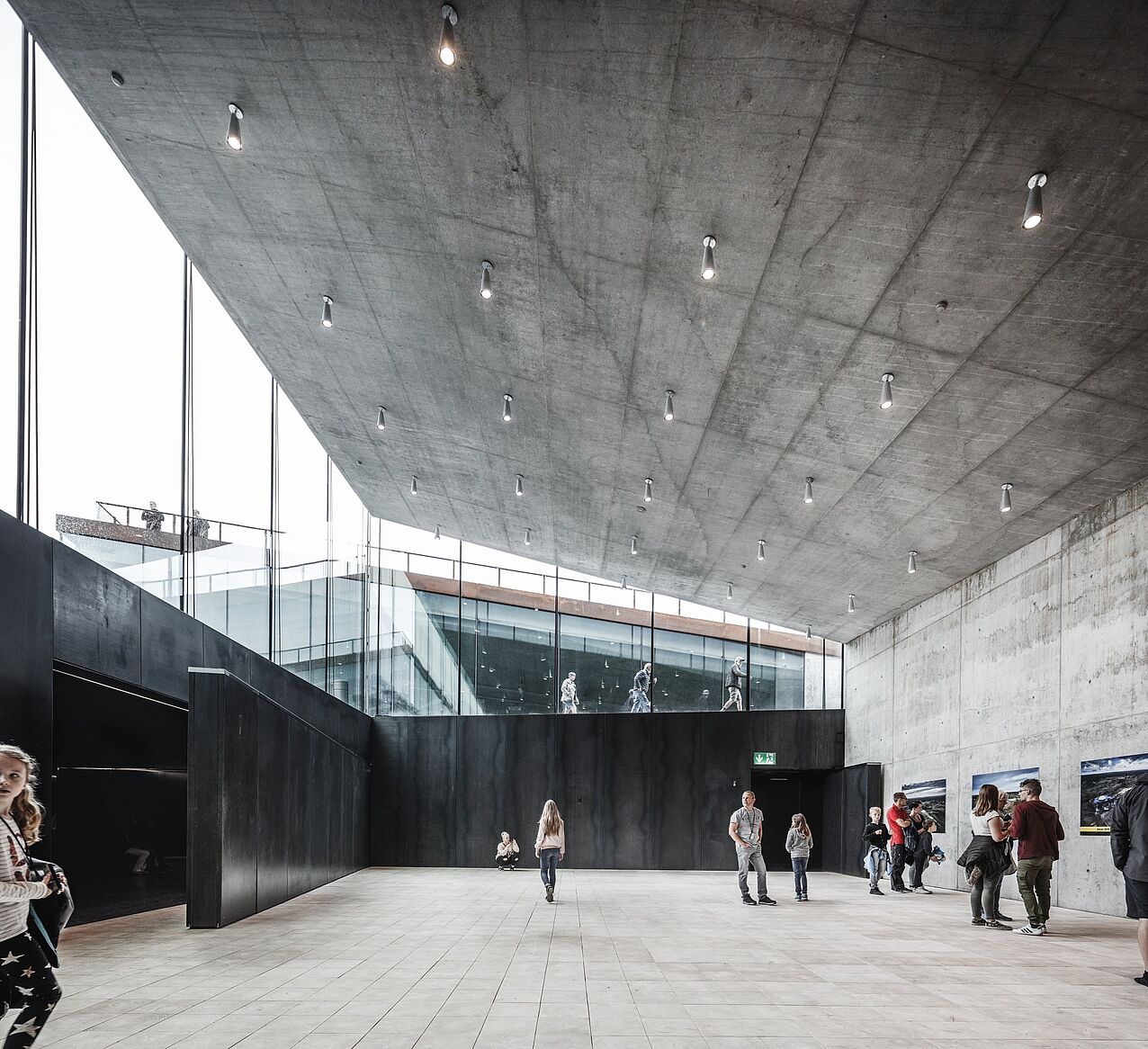
A brand new case of such prominent museum architecture is the TIRPITZ Museum in the sleepy town of Blåvand, Denmark. This originally consisted of a German bunker of the same name, which remained unfinished as a planned reinforcement of the Atlantic Wall during the Second World War and was converted into a museum after the war ended. In 2012, the operators decided to expand the museum and eventually engaged the Bjarke Ingels Group (BIG) for the project. The celebratory opening took place on June 29.
Under the Dunes
The new museum structure is much bigger than the bunker and is hidden under a dune right next to the old building. In total, it is composed of four different units whose intermediate spaces form paths, which run together in a central air well. This is where the entrance is located, which leads over a steel bridge first to a café and then into a foyer directly under the courtyard. Each of the buildings is a self-managed museum, which can independently change exhibitions, set up events or set its own opening hours. At the same time, the complex forms a superordinate unit, which allows for communication and circulation between the museums.
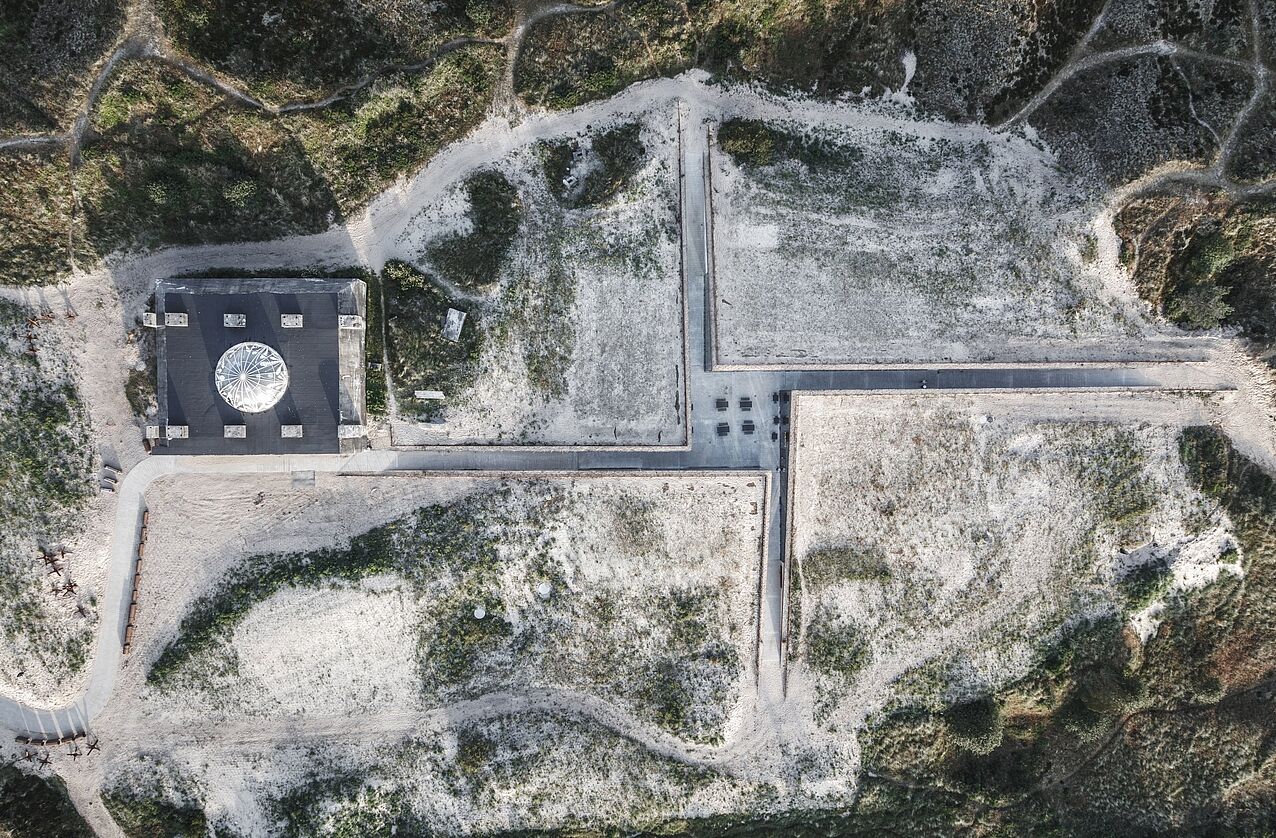
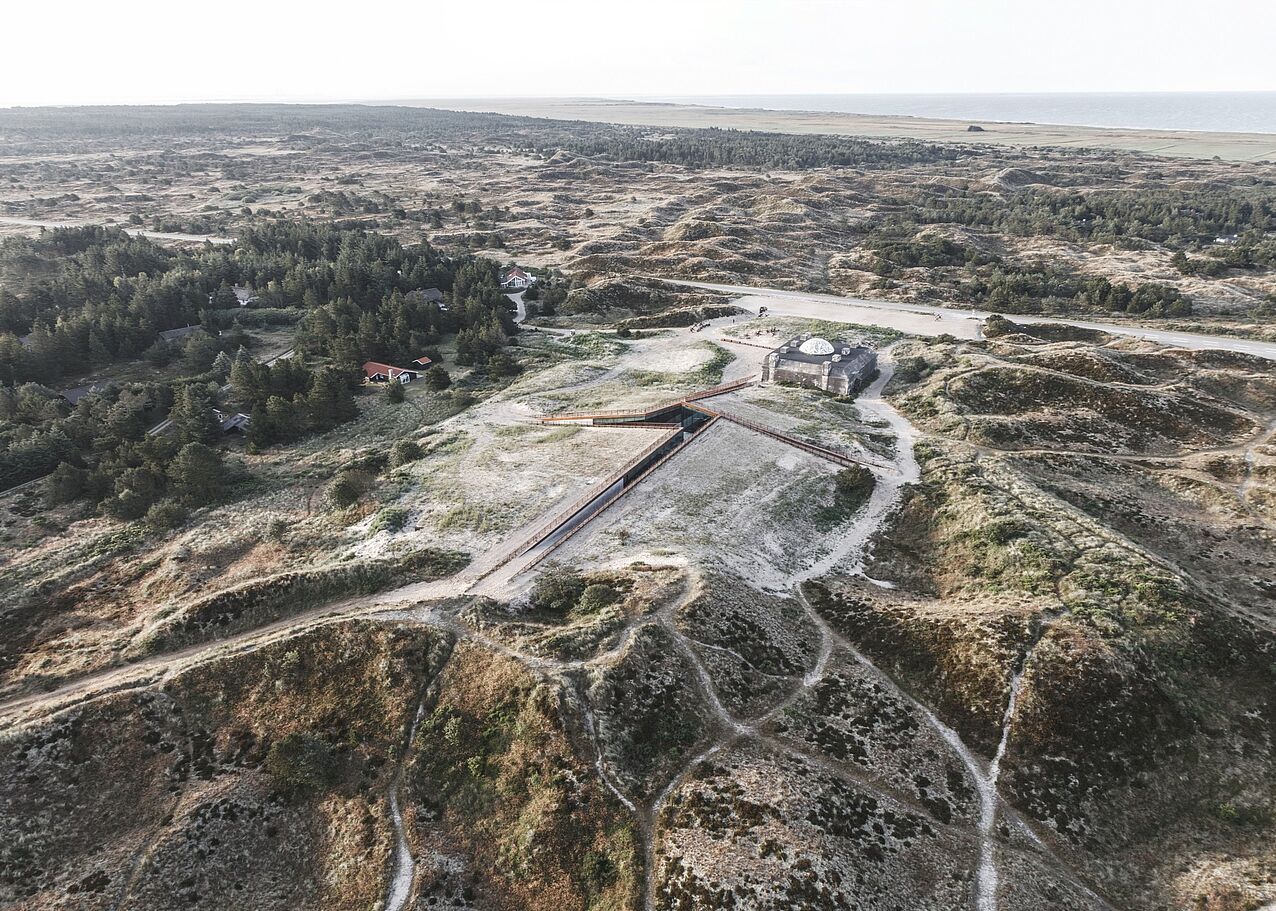
Four Museums in One
Permanent exhibitions are located in three of these museums: "An Army of Concrete" deals with the might war machine of the Atlantic Wall, "West Coast Stories" tells a 20,000 year old story of the Danish west coast and "Gold of the Sea" exhibits the largest amber collection in Denmark. The fourth museum is reserved for special exhibitions and currently houses one on the topic of clearing mines. Museum visitors are therefore offered a lot. The true highlight, however, is the structure itself - at least for lovers of architecture.
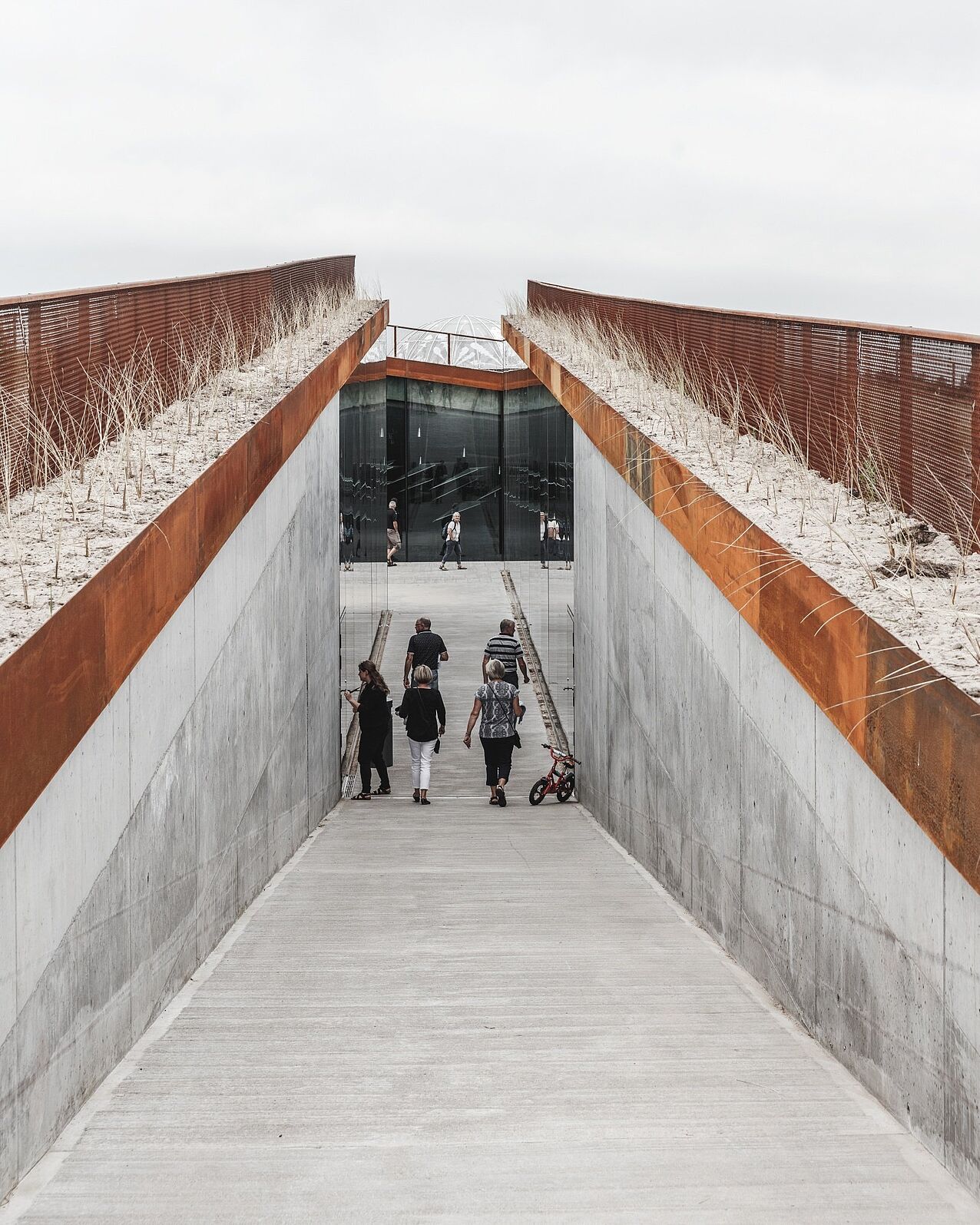
Light Underground
The four buildings open along the paths and to the air well with a total of six-meter high glass walls, which generously illuminate the sometimes giant spaces under the up to 36 meter jutting reinforced concrete roofs. Some of the rooms are two stories large and extend down into the basement, but are still bathed in natural light. The walls between the exhibition spaces and the foyer rotate, creating a flexible museum, while simultaneously providing the foyer with some sunlight. An underground tunnel connects the new building with the old bunker museum.
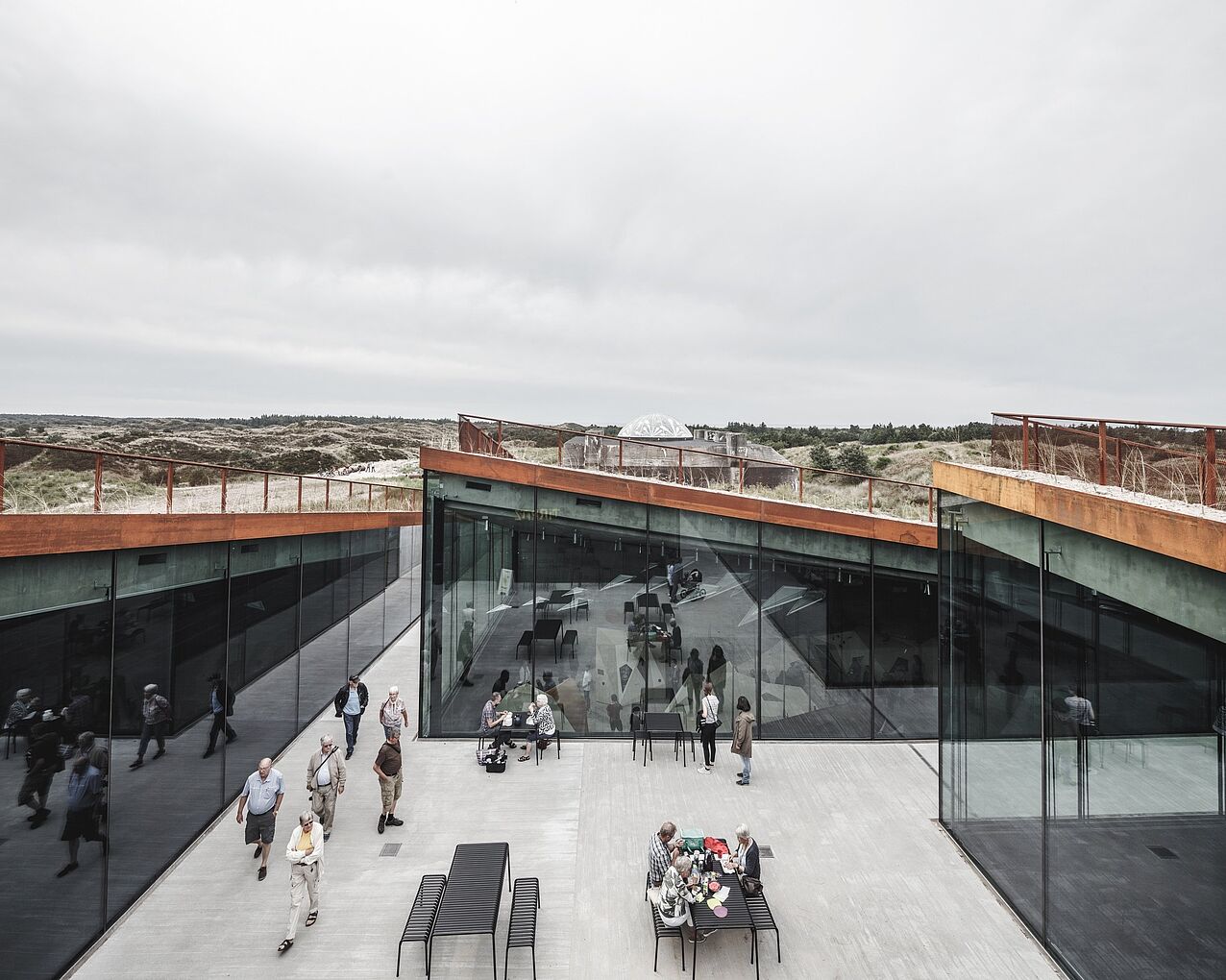
Conclusion
The new TIRPITZ Museum contrasts the heaviness and darkness of the war, embodied in the bunker and made the subject of discussion by the exhibitions, with an architecture full of lightness and light. Visitors are offered a quiet, unagitated, even peaceful place where they can contemplate the horror at a distance and at the same time breathe easily in an atmosphere of peace and safety. This extraordinary architecture was completed by BIG, which shines due to its special restraint, due to its wonderfully designed exhibition spaces by the Dutch creative firm Tinker Imagineers.
